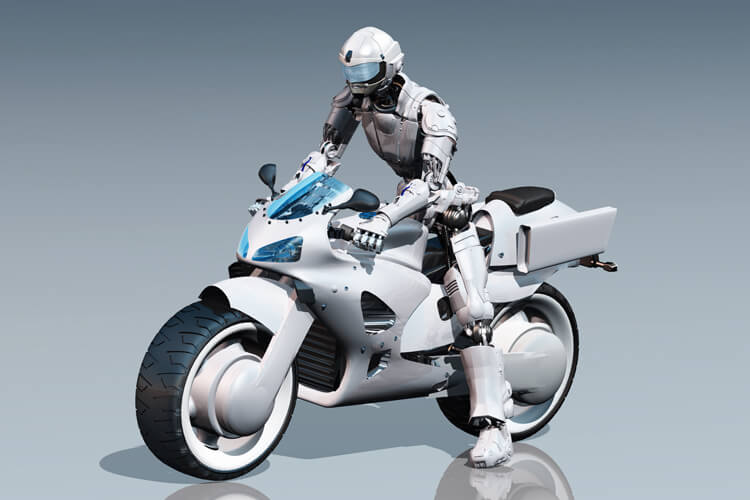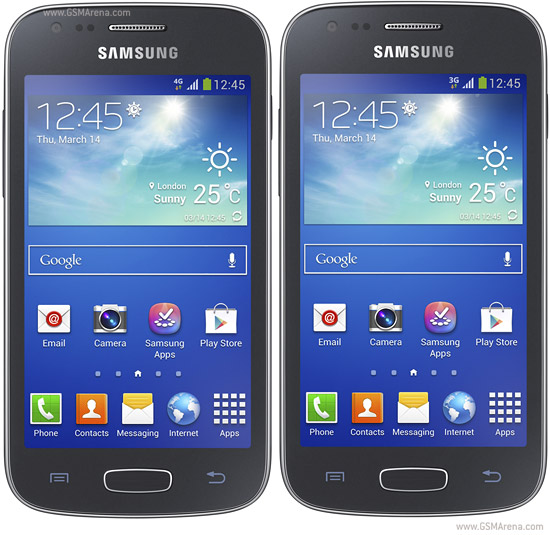 Say you’re Samsung. You own one of the world’s most popular mobile phone franchises. You’ve got a history of driving enormous revenues in the smartphone market — for many people, Samsung and Android are nearly synonymous terms when talking about the mobile phone industry. Headed into Mobile World Congress, easily one of the largest smartphone events of the year, you invite members of the press to attend… the debut of your next-generation operating system?
Say you’re Samsung. You own one of the world’s most popular mobile phone franchises. You’ve got a history of driving enormous revenues in the smartphone market — for many people, Samsung and Android are nearly synonymous terms when talking about the mobile phone industry. Headed into Mobile World Congress, easily one of the largest smartphone events of the year, you invite members of the press to attend… the debut of your next-generation operating system?
Apparently, yes. According to multiple reports, Samsung’s major unveil at MWC in February will focus on the operating system it’s been building for the past few years rather a smartphone launch. Presumably, Samsung will announce the Galaxy S5 at its own event, as it did last year with the S4. The fact that the Korean manufacturer wants to put such an emphasis on Tizen, however, is still surprising given that the OS has only shipped on a handful of camera SKUs to date.
Google’s Android lockdown
There are multiple alternative mobile phone operating systems in various stages of development, from Mozilla’s Firefox OS to Ubuntu Touch. Tizen is one of the only projectsbacked by a company as massive as Samsung — but having made so much money on Android, why is Samsung looking to leave it in the first place? It’s all about control — but the story there is more complicated than you might think.
Ars Technica wrote a major piece on how Google has used the Android ecosystem (ostensibly open-source) to tie its own services to the platform. Over the past six years, Google introduced open-source applications that provided basic functionality, then replaced them with its own closed-source apps in later versions. Once it’s created a closed-source version, the open-source flavor is effectively orphaned. Updates for the open, Android versions of the keyboard, calendar, photo app, or music player have been few and far between since the “Google” version of each application debuted.
on how Google has used the Android ecosystem (ostensibly open-source) to tie its own services to the platform. Over the past six years, Google introduced open-source applications that provided basic functionality, then replaced them with its own closed-source apps in later versions. Once it’s created a closed-source version, the open-source flavor is effectively orphaned. Updates for the open, Android versions of the keyboard, calendar, photo app, or music player have been few and far between since the “Google” version of each application debuted.
 on how Google has used the Android ecosystem (ostensibly open-source) to tie its own services to the platform. Over the past six years, Google introduced open-source applications that provided basic functionality, then replaced them with its own closed-source apps in later versions. Once it’s created a closed-source version, the open-source flavor is effectively orphaned. Updates for the open, Android versions of the keyboard, calendar, photo app, or music player have been few and far between since the “Google” version of each application debuted.
on how Google has used the Android ecosystem (ostensibly open-source) to tie its own services to the platform. Over the past six years, Google introduced open-source applications that provided basic functionality, then replaced them with its own closed-source apps in later versions. Once it’s created a closed-source version, the open-source flavor is effectively orphaned. Updates for the open, Android versions of the keyboard, calendar, photo app, or music player have been few and far between since the “Google” version of each application debuted.















![Normandy's interface, which looks a lot like Windows Phone [Image credit: Evleaks]](http://www.extremetech.com/wp-content/uploads/2014/01/normandy-android-windows-phone-interface.jpg)





















